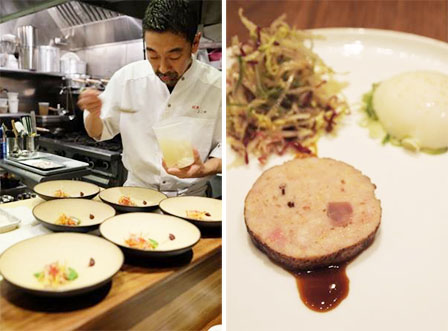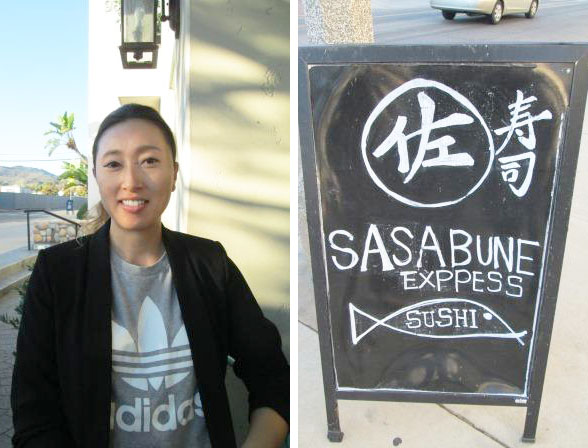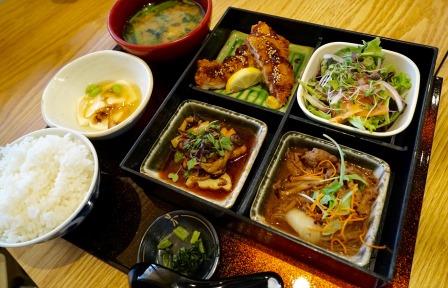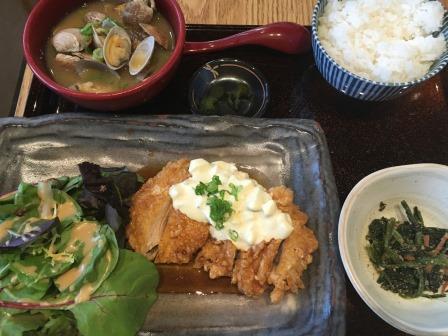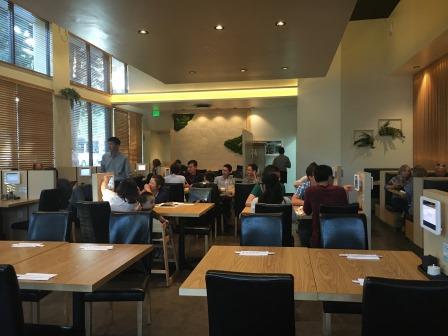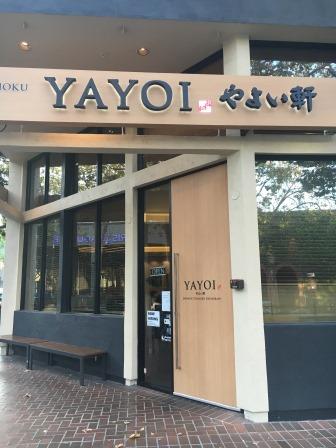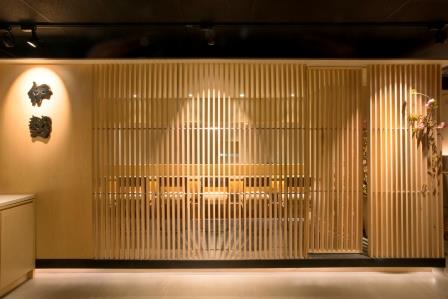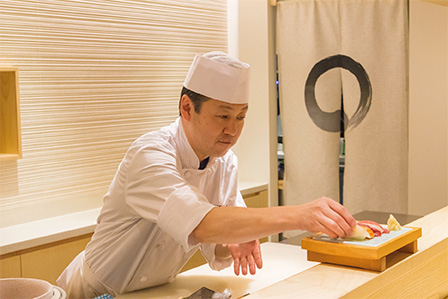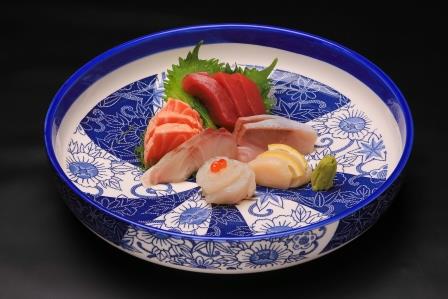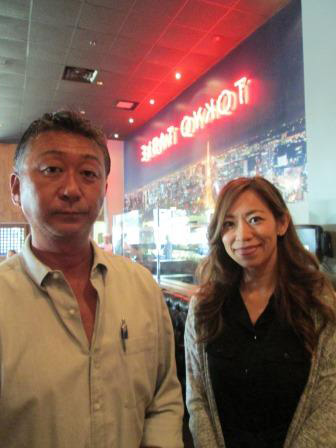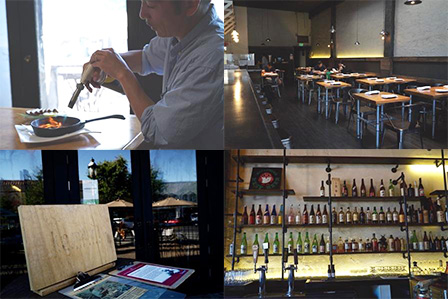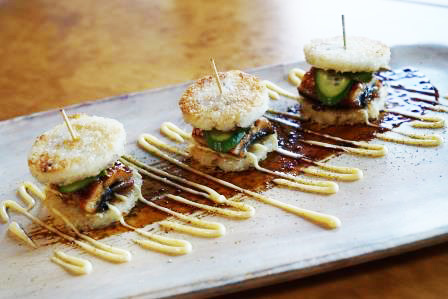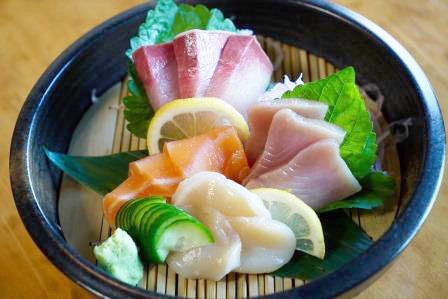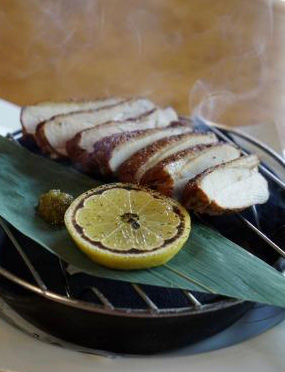Joy of Sake Tokyo
By Kosuke Kuji
"The U.S. National Sake Appraisal" that has been held every year since 2001 was held again this year. Entries of over 350 sakes are evaluated by 10 judges from Japan and the U.S. After the judging results, a "Gold Award" and a "Silver Award" is given to the top scored sakes, and additionally a "Grand Prize" and "Second Grand Prize" are awarded to the sakes that scored the highest in overall evaluation from the gold awards.
This year's grand prize and second grand prize are announced on our homepage.
Of those winners, we are excited that our company's Tokubetsu Junmai won the Second Grand Prize in Junmai category.
The award ceremony will be held at "Joy of Sake" in Tokyo. Also, "Joy of Sake" was held in New York and Honolulu besides Tokyo.
It is a fact that "Joy of Sake" has a very long history, and out of all these cities, this one to be held in Tokyo will be the last gathering. To be held in November, it is a time when it is getting extremely cold in Japan and it's a very good season to enjoy drinking sake.
To be held in Gotanda in Tokyo, there is a lot of excitement with lots of Japanese and foreigners living in Japan attending.
There are many different sake gatherings in Japan, but there are probably only a few of them like ours with so many foreigners attending.
This is a meeting where you can find out the trend of sake around the world while you are in Japan.
There are sakes introduced by U.S. breweries recently and you may call this an evaluation meeting of worldwide scale that is very much alive.
It's the same for sake category of International Wine Challenge (IWC), sake is being evaluated in different ways worldwide, not only in Japan, many new people are coming to the meetings to enjoy sake, and I can only help but feel that Japanese sake is becoming the sake of the world.
酒豪大陸「JOY OF SAKE 東京」
2001年以来毎年開催されている「全米日本酒歓評会」が今年も開催されました。350点以上の出品酒を、日本と米国の10名の審査委員が評価します。審査の結果、上位のお酒をに金賞」と「銀賞」を授与されますが、さらに金賞の中から総合評価で特に高得点を獲得した出品酒に「グランプリ」と「準グランプリ」が授与されます。
今年のグランプリと準グランプリはホームページで発表されています。
(http://www.sakeappraisal.org/jp/appraisal2016.html)
その中で、今年は当社の特別純米酒が純米酒部門で準グランプリに輝きました。
この表彰式は、全米日本酒歓評会出品酒を楽しむ会「JOY OF SAKE」の東京で表彰されます。東京以外にも、ニューヨークとホノルルで今年は「JOY OF SAKE」が開催されました。
とても長い歴史を実は持っているこの「JOY OF SAKE」ですが、東京での開催はこれらの都市の中でも最後の開催となります。時期も11月ということで、まさに日本は寒さが厳しくなり、日本酒が恋しい季節に行われます。
東京の五反田で大変多くの日本人、そして日本在住の外国人も参加して大いに盛り上がります。
日本では様々なお酒の会がありますが、これだけ外国人が多い酒の会はなかなかないでしょう。
日本にいながら、世界の日本酒のトレンドを知ることが出来るこの会。
最近ではアメリカの酒蔵からの出品もあり、まさにワールドワイドな評価の会になって生きています。
インターナショナル・ワイン・チャレンジの日本酒部門も同じくですが、日本だけではなく、世界中で日本酒を色々な形で評価し、楽しんでくれる人がたくさん出てきて、まさに今日本酒は世界の日本酒になろうとしているのだと感じています。
"The U.S. National Sake Appraisal" that has been held every year since 2001 was held again this year. Entries of over 350 sakes are evaluated by 10 judges from Japan and the U.S. After the judging results, a "Gold Award" and a "Silver Award" is given to the top scored sakes, and additionally a "Grand Prize" and "Second Grand Prize" are awarded to the sakes that scored the highest in overall evaluation from the gold awards.
This year's grand prize and second grand prize are announced on our homepage.
Of those winners, we are excited that our company's Tokubetsu Junmai won the Second Grand Prize in Junmai category.
The award ceremony will be held at "Joy of Sake" in Tokyo. Also, "Joy of Sake" was held in New York and Honolulu besides Tokyo.
It is a fact that "Joy of Sake" has a very long history, and out of all these cities, this one to be held in Tokyo will be the last gathering. To be held in November, it is a time when it is getting extremely cold in Japan and it's a very good season to enjoy drinking sake.
To be held in Gotanda in Tokyo, there is a lot of excitement with lots of Japanese and foreigners living in Japan attending.
There are many different sake gatherings in Japan, but there are probably only a few of them like ours with so many foreigners attending.
This is a meeting where you can find out the trend of sake around the world while you are in Japan.
There are sakes introduced by U.S. breweries recently and you may call this an evaluation meeting of worldwide scale that is very much alive.
It's the same for sake category of International Wine Challenge (IWC), sake is being evaluated in different ways worldwide, not only in Japan, many new people are coming to the meetings to enjoy sake, and I can only help but feel that Japanese sake is becoming the sake of the world.
酒豪大陸「JOY OF SAKE 東京」
2001年以来毎年開催されている「全米日本酒歓評会」が今年も開催されました。350点以上の出品酒を、日本と米国の10名の審査委員が評価します。審査の結果、上位のお酒をに金賞」と「銀賞」を授与されますが、さらに金賞の中から総合評価で特に高得点を獲得した出品酒に「グランプリ」と「準グランプリ」が授与されます。
今年のグランプリと準グランプリはホームページで発表されています。
(http://www.sakeappraisal.org/jp/appraisal2016.html)
その中で、今年は当社の特別純米酒が純米酒部門で準グランプリに輝きました。
この表彰式は、全米日本酒歓評会出品酒を楽しむ会「JOY OF SAKE」の東京で表彰されます。東京以外にも、ニューヨークとホノルルで今年は「JOY OF SAKE」が開催されました。
とても長い歴史を実は持っているこの「JOY OF SAKE」ですが、東京での開催はこれらの都市の中でも最後の開催となります。時期も11月ということで、まさに日本は寒さが厳しくなり、日本酒が恋しい季節に行われます。
東京の五反田で大変多くの日本人、そして日本在住の外国人も参加して大いに盛り上がります。
日本では様々なお酒の会がありますが、これだけ外国人が多い酒の会はなかなかないでしょう。
日本にいながら、世界の日本酒のトレンドを知ることが出来るこの会。
最近ではアメリカの酒蔵からの出品もあり、まさにワールドワイドな評価の会になって生きています。
インターナショナル・ワイン・チャレンジの日本酒部門も同じくですが、日本だけではなく、世界中で日本酒を色々な形で評価し、楽しんでくれる人がたくさん出てきて、まさに今日本酒は世界の日本酒になろうとしているのだと感じています。





